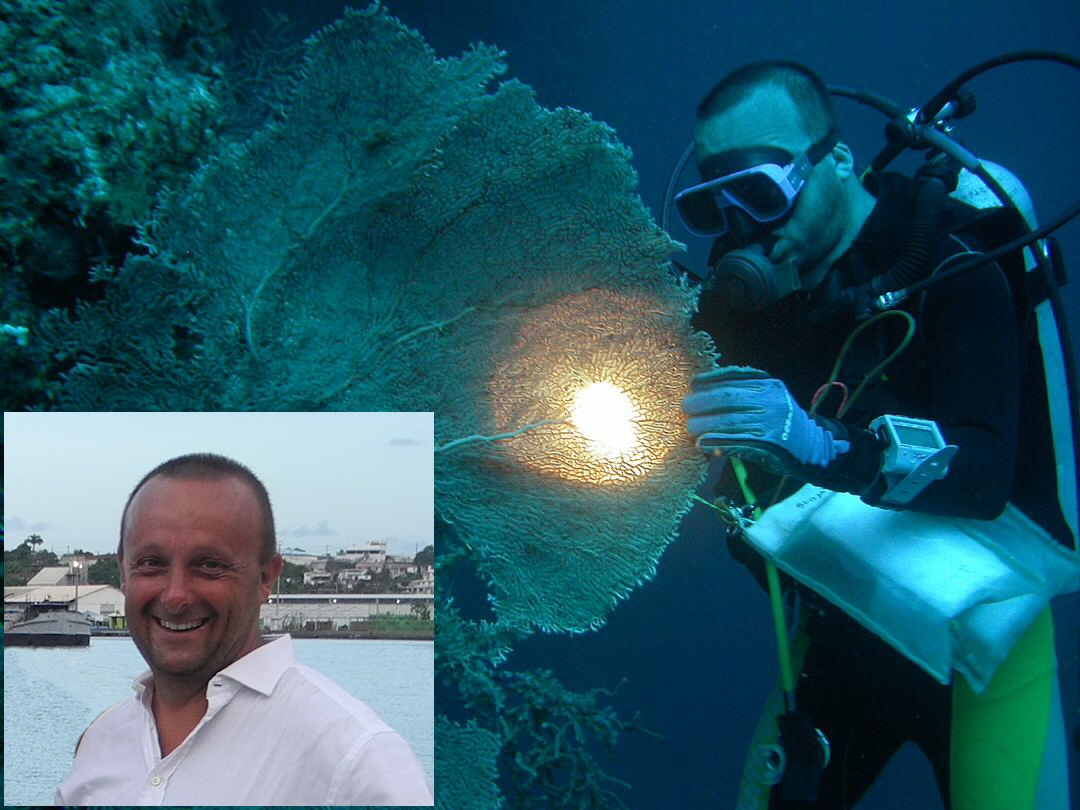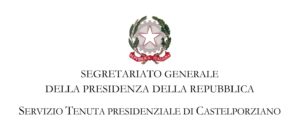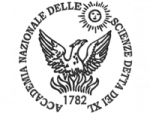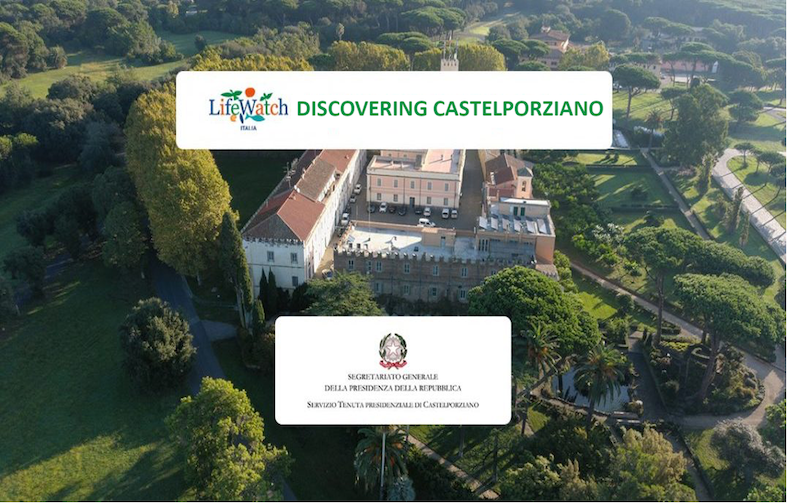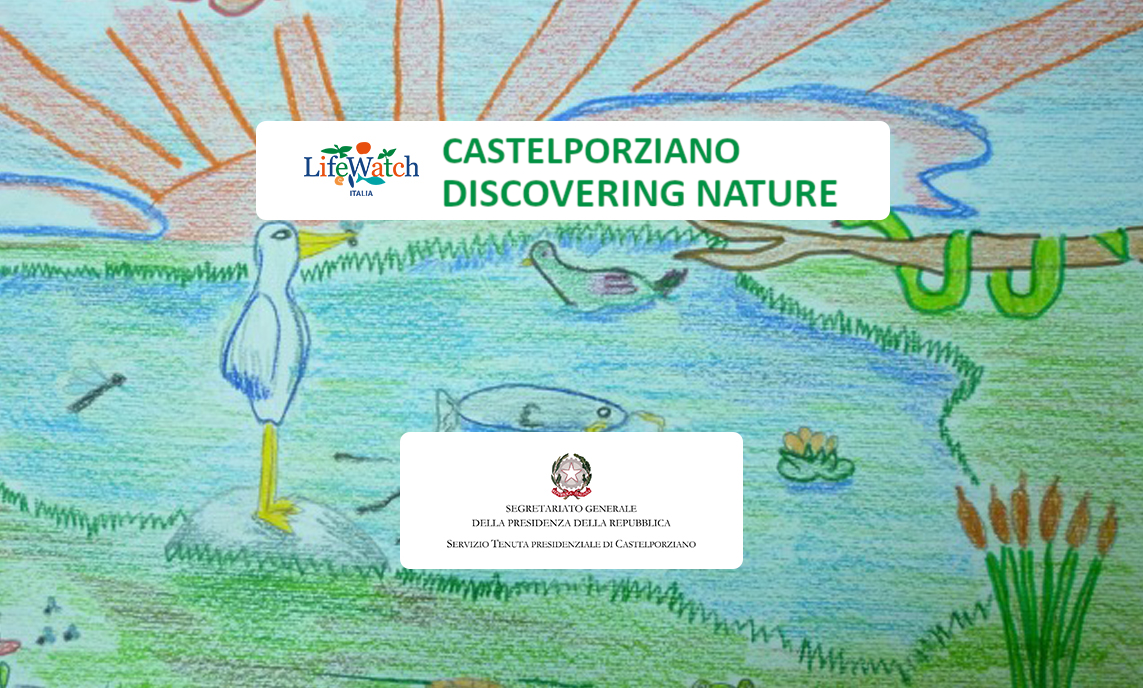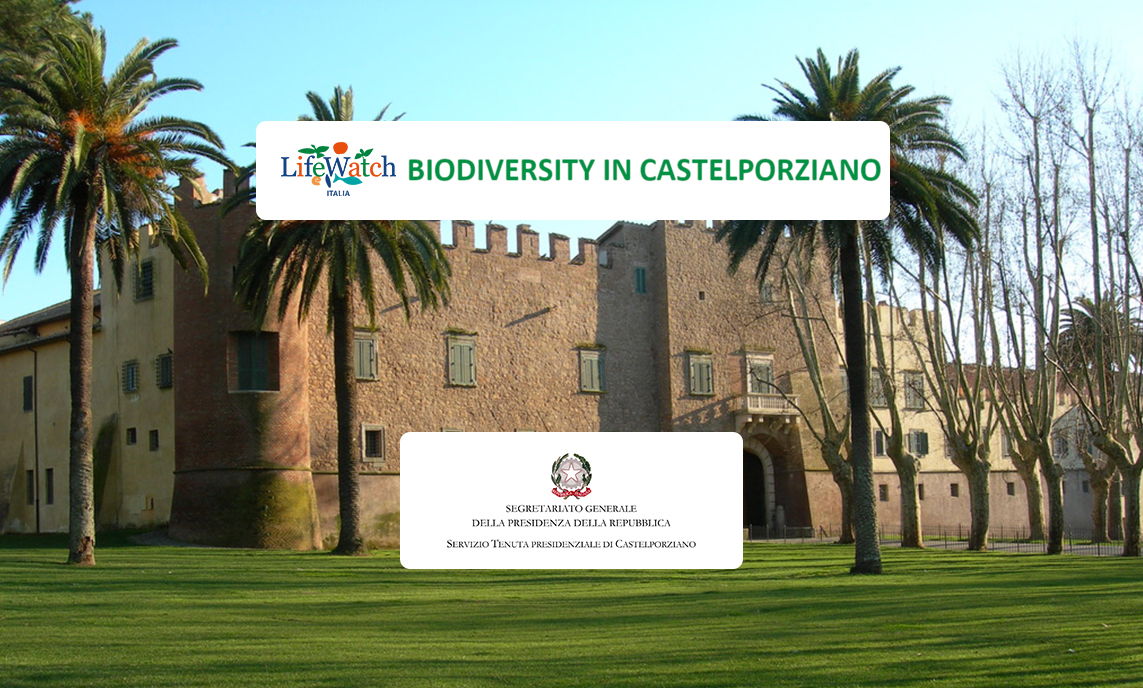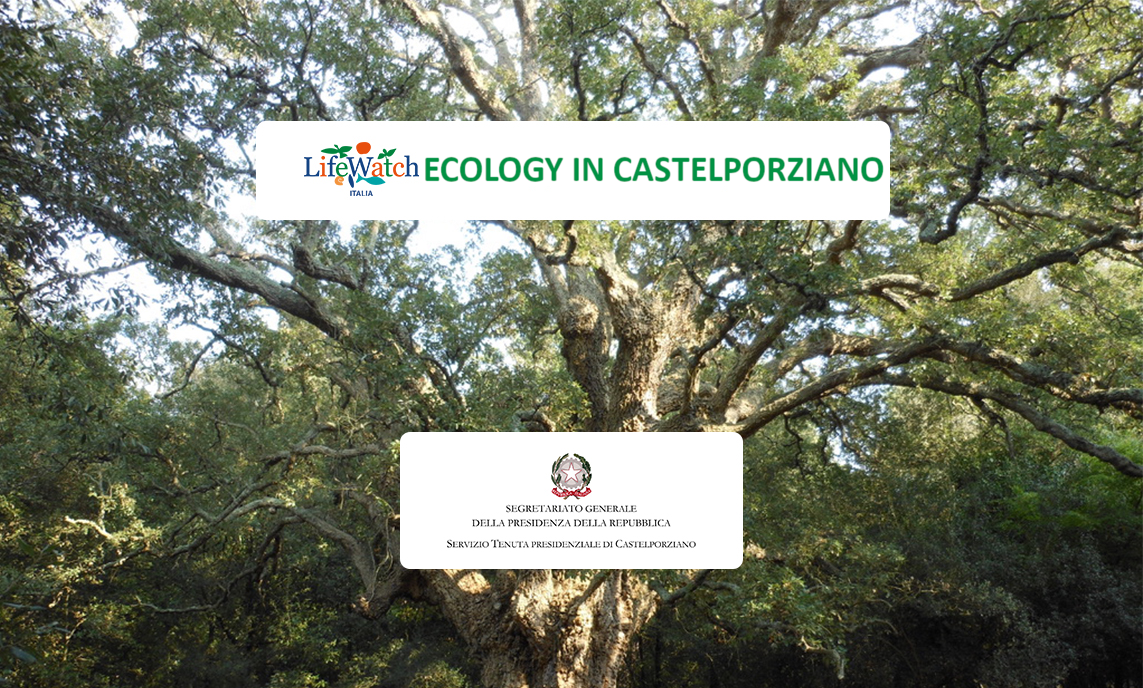Alien Species VRE
This type of study requires the assemblage of a vast data set from multiple biological communities. To address this research the Alien Species VRE provides access to data resources and species lists, which are the backbone to address intrinsic habitat/ecosystem vulnerability to biological invasions, and which are generally unorganized and unavailable as on-line services. The Alien Species VRE was conceived and built as easily accessible to stakeholders to overcome these obstacles.
The Alien Species VRE allows the study of the presence and distribution of Alien Species, and their relationships with native species through a macroecological approach. It considers different taxonomic groups, ecosystem functions and properties, patterns and vectors of Alien Species introduction, and impacts influencing their presence and distribution at local/global level.
Within the Alien Species VRE users have access to environmental and climatic data, and numerous other layers of information for the study of Alien Species distribution. Stakeholder can reproduce the same type of research using their own data, but only after uploading them into the system and after passing the quality control for biological data offered by the LifeWatch Italy Data Portal.
The structure of the Alien Species VRE gives access to biodiversity data, to the Alien Species Thesaurus for the definition of alien species, to additional metadata, workflows, tools for statistical analysis, and on line services.
The list of capabilities offered is as follow: data interoperability, quality assurance, definition of process and metadata for the domains of interest, niche modelling techniques and tools, biological distribution maps, environmental suitability maps.
Checklist
CSFI
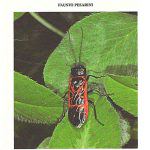
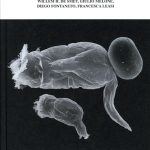
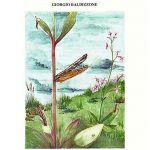
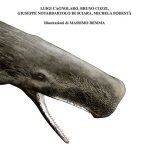
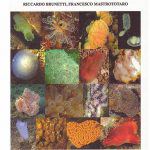
The Series “Fauna d’Italia” is a series of scientific monographs on animal groups occurring in Italy and its seas. Each monograph is full of essential information on the diversity, systematics, biology and distribution of the Italian (sometimes European) species of the taxon to which the volume is devoted. The series has been published since 1956 by Edizioni Calderini, Bologna, under the auspices of the National Italian Academy of Entomology and the Italian Zoological Union. Since 2003, the series has been published under the patronage of the Ministry of the Environment, Land and Sea Protection. At the moment (April 2021) 53 monographs have been published, including 3 topographic-synonymic catalogs, on 29 orders of metazoans, 30 on insects, 16 on beetles. More than 25,000 pages have been published in all, about 9,880 species have been treated, equal to about 15% of the entire Italian fauna. Other volumes are in print or in preparation.
Vol. 1 – 1956 – Odonata – C. Conci, C. Nielsen – 308 pp. (80 spp.)
Vol. 2 – 1956 – Leptocardia – Cyclostomata – Selachii – E. Tortonese – 334 pp. (1 + 3 + 60 spp.)
Vol. 3 – 1960 – Ephemeroidea – M. Grandi – 474 pp. (75 spp.)
Vol. 4 – 1959 – Mammalia – Generalità, Insectivora, Chiroptera – A. Toschi, B. Lanza – 488 pp. (12 + 27)
Vol. 5 – 1964 – Mutillidae – Myrmosidae – F. Invrea – 302 pp. (55 + 6 spp.)
Vol. 6 – 1965 – Echinodermata – E. Tortonese – 422 pp. (102 spp.)
Vol. 7 – 1965 – Mammalia – Lagomorpha, Rodentia, Carnivora, Ungulata, Cetacea – A. Toschi – 648 pp. (6 + 28 + 14 + 9 + 12 spp.)
Vol. 8 – 1965 – Coleoptera – Cicindelidae, Carabidae (Catalogo topografico) – M. Magistretti – 512 pp. (1218 spp.)
Vol. 9 – 1967 – Rhynchota – Heteroptera, Homoptera Auchenorrhyncha (Catalogo topografico e sinonimico) – A. Servadei – 851 pp. (1375 + 788 spp.)
Vol. 10 – 1970 – Osteichthyes – Pesci ossei – parte prima – E. Tortonese – 566 pp. (165 spp.)
Vol. 11 – 1975 – Osteichthyes – Pesci ossei – parte seconda – E. Tortonese – 636 pp. (271 spp.)
Vol. 12 – 1976 – Coleoptera – Dryopidae, Elminthidae – M. Olmi – 280 pp. (17 + 27 spp.)
Vol. 13 – 1978 – Diptera Nematocera – Simuliidae – L. Rivosecchi – 536 pp. (80 spp.)
Vol. 14 – 1979 – Coleoptera – Haliplidae, Hygrobiidae, Gyrinidae, Dytiscidae – M.E. Franciscolo – 804 pp. (22 + 1 + 14 + 187 spp.)
Vol. 15 – 1979 – Hirudinea – A. Minelli – 152 pp. (28 spp.)
Vol. 16 – 1980 – Coleoptera – Histeridae – P. Vienna – 386 pp. (164 spp.)
Vol. 17 – 1980 – Coleoptera – Anthicidae – I. Bucciarelli – 240 pp. (92 spp.)
Vol. 18 – 1982 – Coleoptera – Carabidae. I – Introduzione, Paussinae, Carabinae – A. Casale, M. Sturani, A. Vigna Taglianti – 500 pp. (69 spp.)
Vol. 19 – 1982 – Coleoptera – Staphylinidae – Generalità – Xantholininae – A. Bordoni – 434 pp. (80 spp.)
Vol. 20 – 1983 – Ephydridae – Canaceidae – S. Canzoneri, D. Meneghini – 338 pp. (160 + 2 spp.)
Vol. 21 – 1984 – Crustacea – Copepoda: Calanoida (d’acqua dolce) – E. Stella – 102 pp. (21 spp.)
Vol. 22 – 1985 – Lepidoptera – Noctuidae. I – Generalità, Hadeninae, Cucullinae – E. Berio – 972 pp., 32 tavv. (110 + 178 spp.)
Vol. 23 – 1985 – Cladocera – F.G. Margaritora – 400 pp. (109)
Vol. 24 – 1986 – Tardigrada – W. Maucci – 388 pp. (204)
Vol. 25 – 1987 – Coleoptera – Staphylinidae – Omaliinae – A. Zanetti – 472 pp. (200 ca. spp.)
Vol. 26 – 1988 – Coleoptera – Cerambycidae (Catalogo topografico e sinonimico) – G. Sama – 216 pp. (267 spp.)
Vol. 27 – 1991 – Lepidoptera – Noctuidae. II – Sezione Quadrifide – E. Berio – 710 pp., 16 tavv. (181 spp.)
Vol. 28 – 1991 – Coleoptera – Meloidae – M.A. Bologna – 542 pp. (61)
Vol. 29 – 1992 – Aves. I – Gaviidae – Phasianidae – P. Brichetti, P. De Franceschi, N. Baccetti (eds) – 964 pp. (151 spp.)
Vol. 30 – 1992 – Diptera Sciomyzidae – L. Rivosecchi – 270 pp. (80 spp.)
Vol. 31 – 1993 – Crustacea – Amphipoda di acqua dolce – G.S. Karaman – 338 pp. (89 spp.)
Vol. 32 – 1993 – Coleoptera – Nitidulidae – Kateretidae – P.A. Audisio – 972 pp. (168 spp.)
Vol. 33 – 1994 – Coleoptera – Elateridae – G. Platia – 430 pp. (243 spp.)
Vol. 34 – 1996 – Coleoptera – Staphylinidae – Leptotyphlinae – R. Pace – 328 pp. (157 spp.)
Vol. 35 – 1997 – Coleoptera – Lucanidae – M.E. Franciscolo – 228 pp. (9 spp.)
Vol. 36 – 1998 – Acari – Ixodida – G. Manilla – 280 pp. (36 spp.)
Vol. 37 – 1999 – Hymenoptera – Dryinidae – Embolemidae – M. Olmi – 426 pp. (133 + 3 spp.)
Vol. 38 – 2003 – Mammalia. III – Carnivora – Artiodactyla – L. Boitani, S. Lovari, A. Vigna Taglianti (eds) – 434 pp. (17 + 9 spp.)
Vol. 39 – 2004 – Chaetognata – E. Ghirardelli, T. Gamulin – 158 pp. (30 spp.)
Vol. 40 – 2005 – Hymenoptera – Sphecidae – G. Pagliano, E. Negrisolo – 560 pp. (380 spp.)
Vol. 41 – 2006 – Coleoptera – Aphodiidae – Aphodiinae – G. Dellacasa, M. Dellacasa – 484 pp. (128 spp.)
Vol. 42 – 2007 – Amphibia – B. Lanza, F. Andreone, M.A. Bologna, C. Corti, E. Razzetti (eds) – 538 pp. (44 spp.)
Vol. 43 – 2008 – Plecoptera – R. Fochetti, J.M. Tierno de Figueroa – 340 pp. (160 spp.)
Vol. 44 – 2008 – Mammalia. II. Erinaceomorpha – Soricomorpha – Lagomorpha – Rodentia – G. Amori, L. Contoli, A. Nappi (eds) – 736 pp. (2 + 15 + 6 + 31 spp.)
Vol. 45 – 2011 – Reptilia – C. Corti, M. Capula, L. Luiselli, E. Razzetti, R. Sindaco (eds) – 800 pp., 58 tavv. (9 + 27 + 22 spp.)
Vol. 46 – 2011 – Porifera I – Calcarea, Demospongiae (partim), Hexactinellida, Homoscleromorpha – M. Pansini, R. Manconi, R. Pronzato (eds) – 554 pp., 16 tavv. (185 spp.)
Vol. 47 – 2012 – Mammalia V. Chiroptera – B. Lanza – 786 pp., 47 tavv. (39 spp.)
Vol. 48 – 2012 – Orthoptera – B. Massa, P. Fontana, F.M. Buzzetti, R. Kleukers, B. Odé (eds) – 563 pp., 185 tavv., 1 CD Rom (349 spp.)
Vol. 49 – 2015 – Mammalia IV. Cetacea – L. Cagnolaro, B. Cozzi, G. Notarbartolo di Sciara, M. Podestà (eds) – 390 pp. + 105 tavv. (23 spp.)
Vol. 50 – 2015 – Marine Rotifera – W.H. de Smet, G. Melone, D. Fontaneto, F. Leasi – 254 pp. (118 spp.)
Vol. 51 – 2017 – Ascidiacea of the European Waters – R. Brunetti, F. Mastrototaro – 472 pp. (379 spp.)
Vol. 52 – 2019 – Hymenoptera – Symphyta I – F. Pesarini – 435 pp. (98 spp.)
Vol. 53 – 2019 – Lepidoptera – Coleophoridae – G. Baldizzone – 907 pp. (293 spp.)
An updated checklist of the terrestrial, freshwater and marine species of Metazoa of the Italian fauna is provided. The dataset currently includes over 25,000 species/subspecies. The taxonomic classification, scientific name, author and year of description are provided for each species/subspecies, as well as the distribution in Italy (by terrestrial/marine macro-regions or by administrative regions) and in neighboring areas outside the current political borders of the country, including the Republic of San Marino and the City. of the Vatican. Chorotype (eventually), the status of exclusivity (endemics) and allochthony, any taxonomic and distributive notes, pertinent literature and synonyms are also given.
President
Marco Alberto BOLOGNA
Secretary-Treasurer
Marzio ZAPPAROLI
Other members
Davide Badano (University of Siena)
Lucio Bonato (University of Padova)
Diego Fontaneto (CNR-IRSA)
Bruno Massa (University of Palermo)
Federico Marrone (University of Palermo)
Alessandro Minelli (University of Padova)
Marco Oliverio (Sapienza University of Roma)
Roberto Poggi (Civic Museum of Natural History, Genova)
Legal office:
c/o Department of Biology and Biotechnology “Charles Darwin”, Sapienza University of Rome, Viale dell’Università, 32 – 00185 Roma, Italy
Contacts:
prof. Marco Alberto Bologna (President), Department of Sciences, University of RomaTre, Viale G. Marconi, 446 – 00146 Roma,Italy, phone +39 3290570914 +39 06 57336327, fax + 39 06 57336321, E-mail: marcoalberto.bologna@uniromatre.it
prof. Marzio Zapparoli (Secretary-Treasurer), Department for the Innovation nei sistemi Biologici, Agroalimentari e Forestali (DIBAF), University of Tuscia, Via San Camillo de Lellis snc – 01100 Viterbo, Italy, phone +39 0761 357 472, fax +39 0761 357 389, E-mail: zapparol@unitus.it
Publications CFI
- M.A. Bologna, F. Boero, L. Bonato, A. Casale, M. Curini Galletti, B. Massa, A. Minelli, M. Oliverio, A. Vigna Taglianti, M. Zapparoli (2018) The new Checklist of the Italian fauna. 5-27/06/18 Conferenza Annuale LifeWatch Italia 2018
- A. Minelli, S. Ruffo, S. La Posta eds (1992-1995) Checklist delle specie della fauna italiana. Ministero dell’Ambiente, Comitato Scientifico per la Fauna d’Italia. Calderini Editore, voll. 1-110.
- G. Relini G. ed. (2008-2019) Checklist della flora e della fauna dei mari italiani. Biologia Marina Mediterranea, 15 (Suppl. 1) e 17 (Suppl. 1)
- S. Ruffo, F. Stoch ed. (2005) Checklist e distribuzione della fauna italiana. 10.000 specie terrestri e delle acque interne. Memorie del Museo Civico di Storia Naturale di Verona, 2.serie, Sezione Scienze della Vita, 16: 1-307 + CD-ROM
Team
Italian Fauna Checklist
It was deemed necessary to update the Italian Fauna Checklist due to the considerable progress that has been made in recent decades in terms of the taxonomy and nomenclature of fauna. The transition to a virtual format was also of imperative importance as it allows for the Checklist to be kept up-to-date, which is essential when it comes to nature conservation efforts. The project is sponsored by the Scientific Committee for Italian Fauna and implemented with the support of the Italian National Research Council and LifeWatch Italy.
An updated checklist of the terrestrial, freshwater and marine species of Metazoa of the Italian fauna is provided. The dataset currently includes over 25,000 species/subspecies. The taxonomic classification, scientific name, author and year of description are provided for each species/subspecies, as well as the distribution in Italy (by terrestrial/marine macro-regions or by administrative regions) and in neighboring areas outside the current political borders of the country, including the Republic of San Marino and the City. of the Vatican. Chorotype (eventually), the status of exclusivity (endemics) and allochthony, any taxonomic and distributive notes, pertinent literature and synonyms are also given.
About 160 authors are at the moment involved in the project of the new Checklist of the species of the Fauna of Italy, of which about 140 are Italian, and about twenty foreigners. These are taxonomists mostly affiliated with universities and natural history museums. Part of these is represented by not professional taxonomist, amateurs, in particular as regards insects.
Systematisation and geospatial analysis of the environmental monitoring data of the Castelporziano Estate
The creation of the Castelporziano Biodiversity dataset is part of the “Systematisation and geospatial analysis of the environmental monitoring data of the Castelporziano Estate” project, funded by the National Academy of Sciences known as the XL, under the scientific supervision of Prof. Alberto Basset (University of Salento) and Prof. Emilia Chiancone (President of the Academy of XL).
The first phase of creating the dataset involved the digitisation of two checklists relating to the species found on the Estate from 1885 to 2006, with the integration in 2013 of the Insecta class. Subsequently, a literature search was carried out regarding all the publications on Castelporziano biodiversity from 2006 to 2019 and the data obtained were integrated into the dataset. A good part of the observation records have been validated by botanical experts, wildlife specialists and entomologists of the Technical Scientific Commission of Castelporziano – Professors Sandro Pignatti, Carlo Blasi, Paolo Audisio and Marco Apollonio, who also provided unpublished data that were integrated into the dataset.
In the second stage, the data standardisation and care/maintenance procedures were carried out using the services made available by the LifeWatch Italy platform. The dataset has been structured according to the LifeWatch Italy Data Schema which is based on the Darwin Core standard and on controlled vocabularies. For the dataset, 23 fields were selected that include information of a geographical, taxonomic nature, of the conservation status of the species according to the IUCN Red List and the Habitats and Birds Directives, as well as the alien trait and bibliographic references.
The dataset was subsequently screened for digitization errors and duplicate values removed. It was also subjected to a taxonomic updating process by means of web-based tools and a TaxonMatch provided by international nomenclators, specifically: PESI (Pan European Species directories Infrastructure http://www.eu-nomen.eu/portal/about.php); WoRMS (www.marinespecies.org ) and the Catalogue of Life (www.catalogueoflife.org).
At the end of the standardization and validation procedures, the dataset obtained presents 6129 taxa of which 96.8% are classified at the level of species, 2.7% at genus level and only 0.4% at higher levels..
The best represented kingdom is that of Animalia (56 %), of which 2878 belong to the Insecta class, followed by the Fungi (23%) and Plantae (20%) kingdoms.
0.75 % of the species surveyed, or 46 species, are classified as alien. As regards conservation status, 482 species are present in the IUCN Red Lists (7.8 % of all taxa reported), 44 in the Habitat Directive 92/43 / EEC (0.7 % of all taxa reported) and 98 in the Birds Directive 2009/409 /EC (1.55% of all taxa reported). Overall, this represents 10% of the species present on the Estate and in particular 40% of the sedentary or migratory avifauna in the area.
The dataset and its metadata are accessible through the LifeWatch Italy data portal and the LifeWatch ERIC metadata catalogue.
Education
Education
Have you visited the Castelporziano Presidential Estate and want to test your knowledge? Play DISCOVERING CASTELPORZIANO! To complete the game, you have to reach three objectives that run as themes through the estate: exploring it, traveling into its past and its history; focusing on its artistic and cultural aspects; and visiting the reserve to discover the ecological and biodiversity heritage it safeguards. If you want to find out more about these aspects, you can refer to the material available at the following links: Castelporziano and the Laurentino, The Roman Villas in Castelporziano, The Castle and the Village, The Historical and Archaeological Museum, The Carriage Pavilion and The natural environment of Castelporziano.
If you are a primary school student try playing CASTELPORZIANO: NATURE TO DISCOVER. The game is suitable for children aged six to ten and provides a guide to exploring the distinctive ecosystems of Castelporziano, focusing on the characteristic aspects of the dune ecosystems, describing the plants and animals that populate them, and then reaching the wooded ecosystem and pastures of the estate, and investigating the animal and plant diversity of these places. This game could be the final step of a short phase of study and research into the materials available at the following links: Castelporziano and its natural environment, Natura Italia, and In the Castelporziano forest.
If you are a middle school student, play BIODIVERSITY IN CASTELPORZIANO, where you will be able to test your knowledge of the management and conservation of resources at the Presidential Estate of Castelporziano and understand the legislative measures that exist at the European level for the protection of ecosystems. You will learn about the habitats and species of high naturalistic value that populate the estate, including some endangered species. Further information for the game is available by clicking on the following links: The Floral Diversity of Castelporziano, World Union for the Conservation of Nature – Red List, World Union for the Conservation of Nature – Italian Committee, SCI, SAC AND SPA IN ITALY.
If you are a high school student, you can test your knowledge on the ecology of the Presidential Estate of Castelporziano by playing ECOLOGY IN CASTELPORZIANO, in which you will explore the ecosystems and species that inhabit them, digging down into the factors that influence their distribution. You will discover the biodiversity heritage of Castelporziano, and why it requires constant monitoring and conscientious conservation. Before you play, check out the many materials available at the following links to broaden your knowledge: Nature and Biodiversity – European Directives, Sandy Coast Habitats, Monumental Trees – Ministry of Agricultural, Food and Forestry Policies, Ringing for science and conservation, Guidelines for the management of ungulates.




